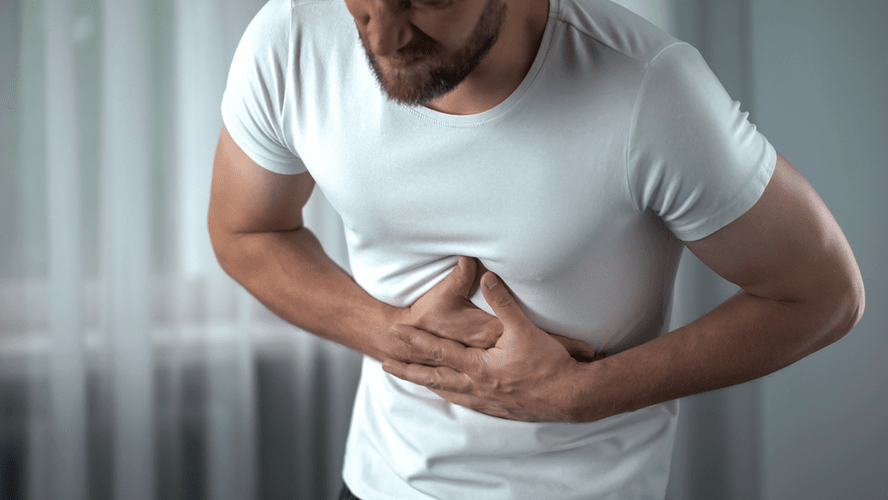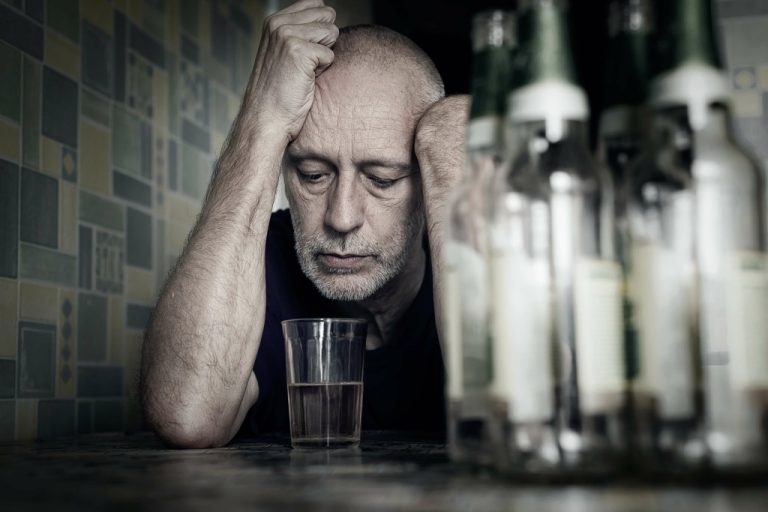Someone with OUD cannot reduce or stop using opioids, even when they want to or when their opioid use interferes with daily life. Some people choose to stay on methadone for years, as it’s an effective treatment option. If you start again, you’re at a higher risk of overdose and death because your body can no longer handle the same amount or strength as before.
- While no single treatment method is right for everyone, recovery is possible, and help is available for opioid addiction.
- Success of the various treatment approaches and combinations of treatments is assessed in a number of ways with the primary outcomes of interest being retention in treatment, and opioid and other drug use.
- UROD remains controversial with regard to safety and is also quite expensive, thus significantly limiting its use.
- These effects can persist for months or years after achieving sobriety and may require specialized treatment, cognitive rehabilitation, and ongoing support to be addressed effectively and restore optimal brain function.
- All pharmacists dispensing treatment must successfully complete training for the safe administration and dispensing of opioid maintenance treatment.
PARTIAL AGONIST MEDICATIONS FOR OPIOID DEPENDENCE
- Individuals receive rewards or incentives for staying drug-free, helping reinforce healthy behaviors and treatment engagement.
- Pharmacists in QLD may administer long-acting injectable buprenorphine as long as it is within their scope of practice and professional competency to administer.
- The privilege to care for OUD patients rests on the shoulders of all medical professionals.
- Initially, providers should focus on establishing a consistent maintenance dose that establishes sobriety.
- Since it is a powerful medication, it is only available through specialized clinics.
Hypnotherapy can be empowering and relaxing, helping someone feel more in control of their thoughts without drugs. Creating this barrier of sorts helps individuals to engage with their typical day-to-day activities with less of a drive to pursue opioids and to re-establish healthier, more functional habits. These changes can make it easier for individuals using buprenorphine to adhere to a consistent medication regimen, which can be challenging when having to remember to take a medication multiple times per day.
Naltrexone
Outpatient programs (IOP & PHP) allow individuals to continue work or school while receiving structured treatment. Residential treatment may be a better option for those needing a break from daily stressors to fully focus on recovery. Inpatient programs last 30–90 days, while outpatient and MAT programs can continue for months or years. It focuses on self-empowerment, critical thinking, and practical problem-solving to help individuals overcome addiction and develop healthier habits. Outpatient care typically includes counseling, group therapy, and medication-assisted treatment (MAT) as needed. To guide treatment, clinicians should ask about use of alcohol and other substances.

Resources
When taken at the right dose for you, it helps opioid addiction treatment you stop or reduce your opioid use by reducing withdrawal symptoms. It will also reduce your opioid cravings without causing you to feel high or sleepy. When taken at the right dose for you, it will prevent withdrawal symptoms.

Initially, providers should focus on establishing a consistent maintenance dose that establishes sobriety. Individuals that have opted to transition off buprenorphine due to side effects, should be offered naltrexone or methadone. In the guidelines, WHO recommends the use of a range of treatment options for opioid dependence. These include opioid agonist maintenance treatment (or OAMT) with medicines such as methadone and buprenorphine, pharmacological treatment with opioid antagonists (such as naltrexone) as well as psychosocial support.
- Caution must be used in interpreting these data, however, as patients were not randomly allocated to the two settings.
- This powerful neurochemical response is what makes opioids so highly addictive and difficult to stop using once physical and psychological dependence has developed.
- Our 12-step recovery programs offer comprehensive detox, medication-assisted treatment, and long-term support.
- The dose should be lowered very slowly over time to ease the process of withdrawal.
Our Levels of Care

This powerful neurochemical response is what makes opioids so highly addictive and difficult to stop using once physical and psychological dependence has developed. Emergency medical services (EMS) teams are now offering buprenorphine, a medication that eases withdrawal symptoms and sets the course for ongoing addiction treatment. If you are dealing with opioid use disorder, a mental health or addiction medicine specialist can help you determine the next steps. Your chances of success depend a great deal on your motivation to change. There are also a few other therapeutic approaches that may sometimes be used in the treatment what is Oxford House of opioid addiction. Such treatments have less of an evidence-base, but some people may find them useful in addition to other proven treatments.















